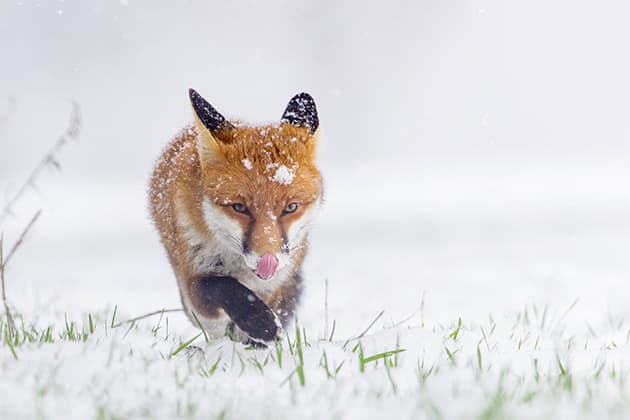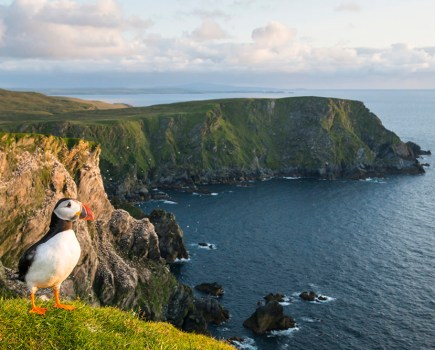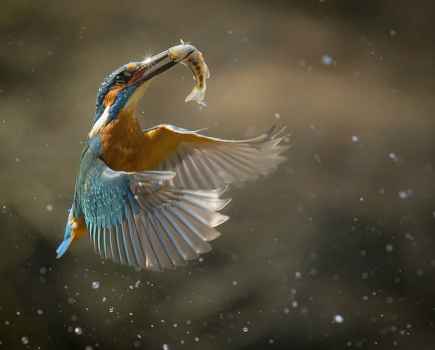About foxes
Foxes make great photographic subjects, particularly in winter when the sun is low and there is a chance of snow.
- Location Widespread across Britain in almost all habitats. Particularly prevalent in urban areas.
- Size Length 60-70cm (plus 40cm tail).
- Nesting A vixen will have an average of four to five cubs in an earth in early spring. Cubs emerge in late April or early May.
- Diet Wide and varied but depends on habitat – includes small mammals, earthworms, birds, beetles, crabs and carrion, and, in urban areas, food from dustbins and handouts.
- Population Around 260,000 in the UK.
Foxes are probably the UK’s most well-known mammal, largely due to their ability to live in any habitat and their abundance in many of our cities.
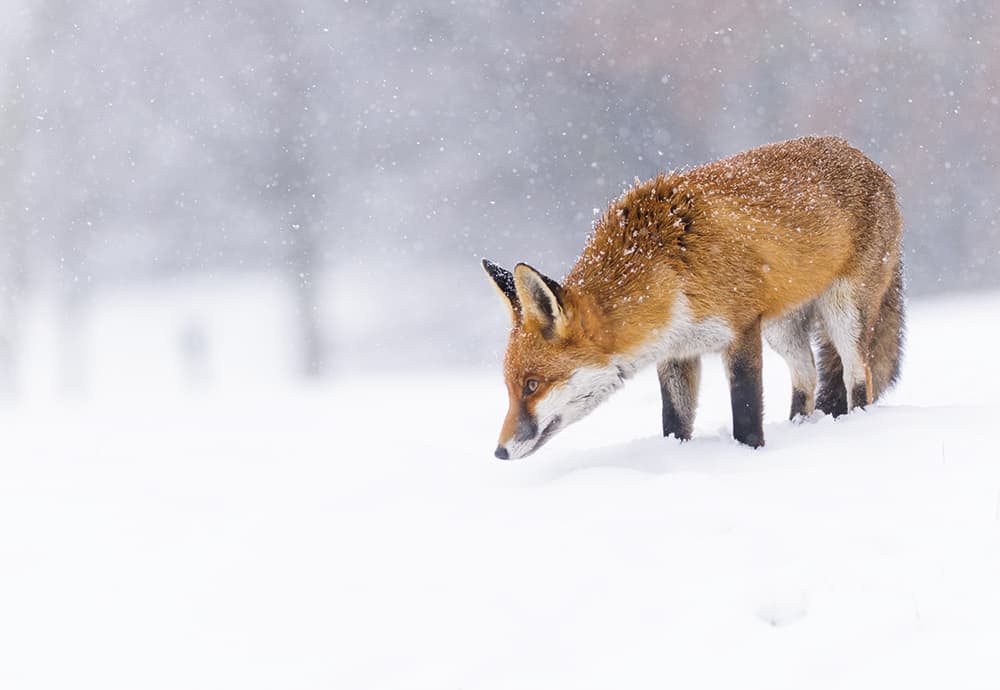
The falling snow really makes this image special
Habitat
Foxes can be found in almost any habitat in the UK, including salt marshes, uplands, woodland and farmland, and, where they are most noticeable, in urban areas. Here they tend to be much easier to photograph because they are not persecuted as much as they are in more rural parts.
Many households feed their local foxes, so the animals often show little fear of humans. This makes getting close enough to photograph them a much less challenging issue than it once was when each lived in fear of the other.
Best time to shoot
One advantage of photographing during winter is that the sun’s arc is much lower than in the summer, so the sunlight is rarely harsh. However, it still pays to take your pictures around sunrise and sunset as this will coincide with periods of greater activity for foxes which are, after all, mostly nocturnal.
Shooting early and late in the day also gives you the possibility of backlit images, which can really add something different to the resulting photos.
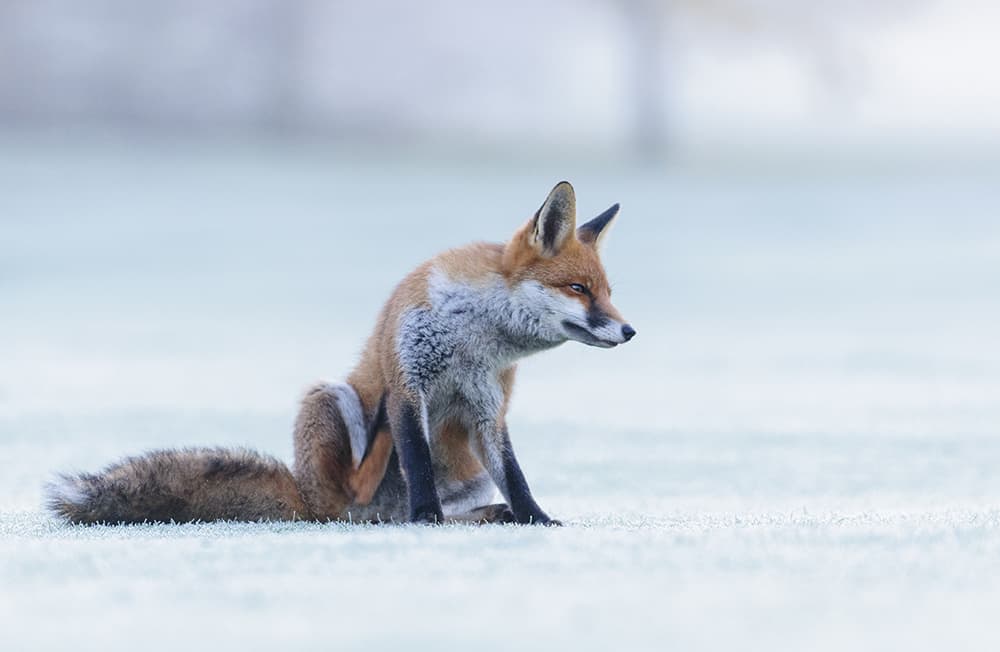
Lying down on the ground helped to throw both the foreground and background out of focus
Settings
Like most wildlife, foxes won’t just sit still, so continuous AF is useful here. If you are lucky enough to photograph them in the snow, use manual exposure so the camera’s metering doesn’t get confused with the bright white. When the snow is actually falling, I always make sure that I am on a single focus point so there is less chance of it locking on to the snow.
Finding them
The likelihood is that wherever you live in the UK, you will have foxes near you. If there has been recent snow, looking for prints can be a great way to check to see if they are in your area. Asking local landowners is also a good idea, as they are out and about a lot so are likely to know if foxes are around. If you’re in an urban area, walk around your streets at night, particularly around January and February time, as this is when foxes are looking for mates. The male has a distinctive barking call at this time, which is a giveaway to its presence.
Approach
How to approach a fox depends on how tolerant your chosen animal is of humans. The pictures here all feature the same foxes and fortunately they rarely showed signs of being concerned by my presence. I would still always keep low to prevent my silhouette from breaking the horizon, and try to stay downwind because then you have a better chance of capturing more natural behaviour.
In snow, you have the chance to create some high-key images where you overexpose, leaving the snow a brilliant white and drawing the viewer’s attention to the subject. Make sure you also carry a short lens with you, as well as your regular telephoto, to give you a chance to show more of their environment.
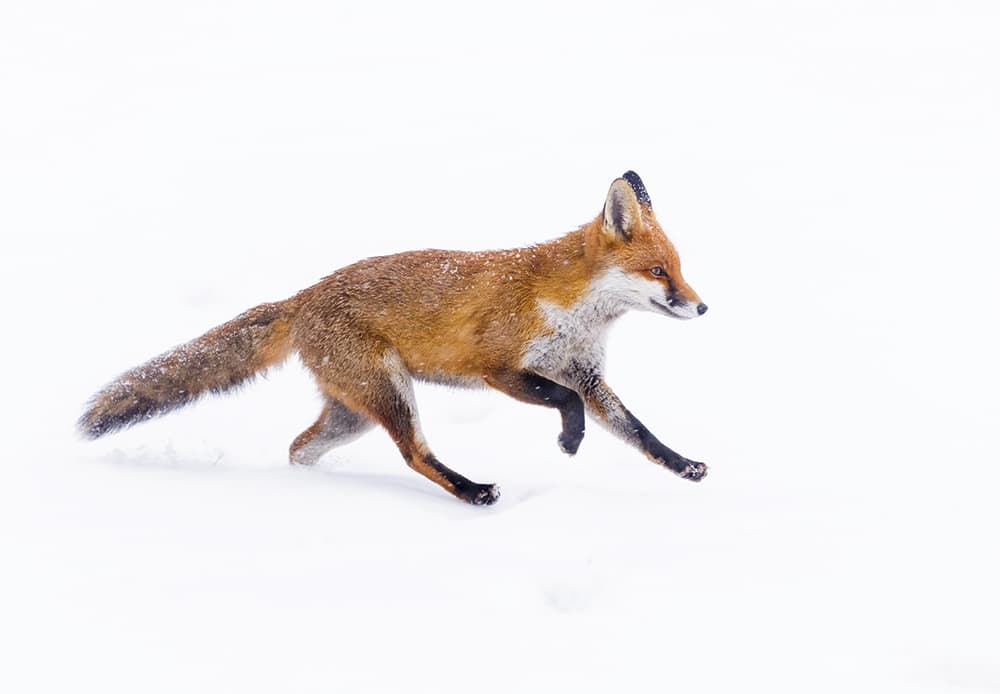
Manual exposure ensured the camera wasn’t confused by the snow
Kit list
Gloves
Photographing in winter can be very cold, especially if it snows. Wrap up warm to make sure you are as comfortable as you can be while you wait.
Binoculars
Whenever I am out taking pictures, I always have my binoculars with me. They are much brighter than looking through a camera lens so make it easier to spot your subject. They also weigh much less.
Oscar Dewhurst is an award-winning wildlife photographer from London. He has spent the past few years observing bitterns, although he also photographs many other species, ranging from urban foxes to primates in the Peruvian Amazon. Visit www.oscardewhurst.com.

